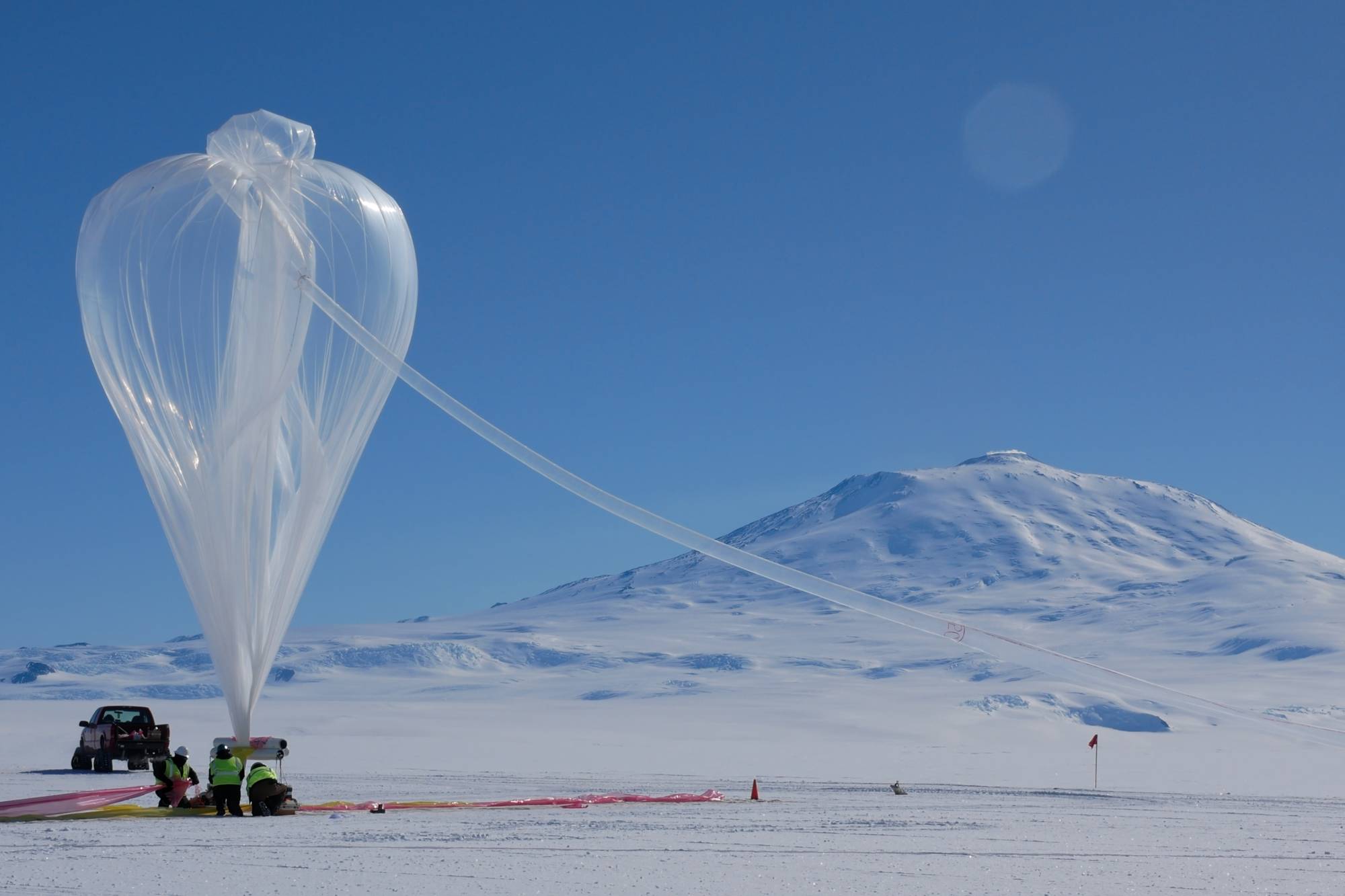Astrophysics Stories

Hubble Spies a Cosmic Eye
This NASA/ESA Hubble Space Telescope image features the spiral galaxy NGC 2566, which sits 76 million light-years away in the constellation Puppis. A prominent bar of stars stretches across the center of this galaxy, and spiral arms emerge from each…

NASA Finds ‘Sideways’ Black Hole Using Legacy Data, New Techniques
Lee esta historia en español aquí. NASA researchers have discovered a perplexing case of a black hole that appears to be “tipped over,” rotating in an unexpected direction relative to the galaxy surrounding it. That galaxy, called NGC 5084, has been…

Very Cold Detectors Reveal the Very Hot Universe and Kick Off a New Era in X-ray Astronomy
X-rays are radiated by matter hotter than one million Kelvin, and high-resolution X-ray spectroscopy can tell us about the composition of the matter and how fast and in what direction it is moving. Quantum calorimeters are opening this new window…

NASA’s Webb Finds Planet-Forming Disks Lived Longer in Early Universe
NASA’s James Webb Space Telescope just solved a conundrum by proving a controversial finding made with the agency’s Hubble Space Telescope more than 20 years ago. In 2003, Hubble provided evidence of a massive planet around a very old star,…

Hubble Images a Grand Spiral
This NASA/ESA Hubble Space Telescope image features the glorious spiral galaxy NGC 5643, which is located roughly 40 million light-years away in the constellation Lupus, the Wolf. NGC 5643 is a grand design spiral, which refers to the galaxy’s symmetrical…

NASA Successfully Integrates Roman Mission’s Telescope, Instruments
NASA’s Nancy Grace Roman Space Telescope team has successfully integrated the mission’s telescope and two instruments onto the instrument carrier, marking the completion of the Roman payload. Now the team at NASA’s Goddard Space Flight Center in Greenbelt, Maryland, will…

Found: First Actively Forming Galaxy as Lightweight as Young Milky Way
For the first time, NASA’s James Webb Space Telescope has detected and “weighed” a galaxy that not only existed around 600 million years after the big bang, but is also similar to what our Milky Way galaxy’s mass might have…

NASA Scientific Balloon Flights to Lift Off From Antarctica
NASA’s Scientific Balloon Program has returned to Antarctica’s icy expanse to kick off the annual Antarctic Long-Duration Balloon Campaign, where two balloon flights will carry a total of nine missions to near space. Launch operations will begin mid-December from the…

NASA’s Hubble Celebrates Decade of Tracking Outer Planets
Encountering Neptune in 1989, NASA’s Voyager mission completed humankind’s first close-up exploration of the four giant outer planets of our solar system. Collectively, since their launch in 1977, the twin Voyager 1 and Voyager 2 spacecraft discovered that Jupiter, Saturn,…

NASA’s IXPE Details Shapes of Structures at Newly Discovered Black Hole
NASA’s IXPE (Imaging X-ray Polarimetry Explorer) has helped astronomers better understand the shapes of structures essential to a black hole – specifically, the disk of material swirling around it, and the shifting plasma region called the corona. The stellar-mass black…
